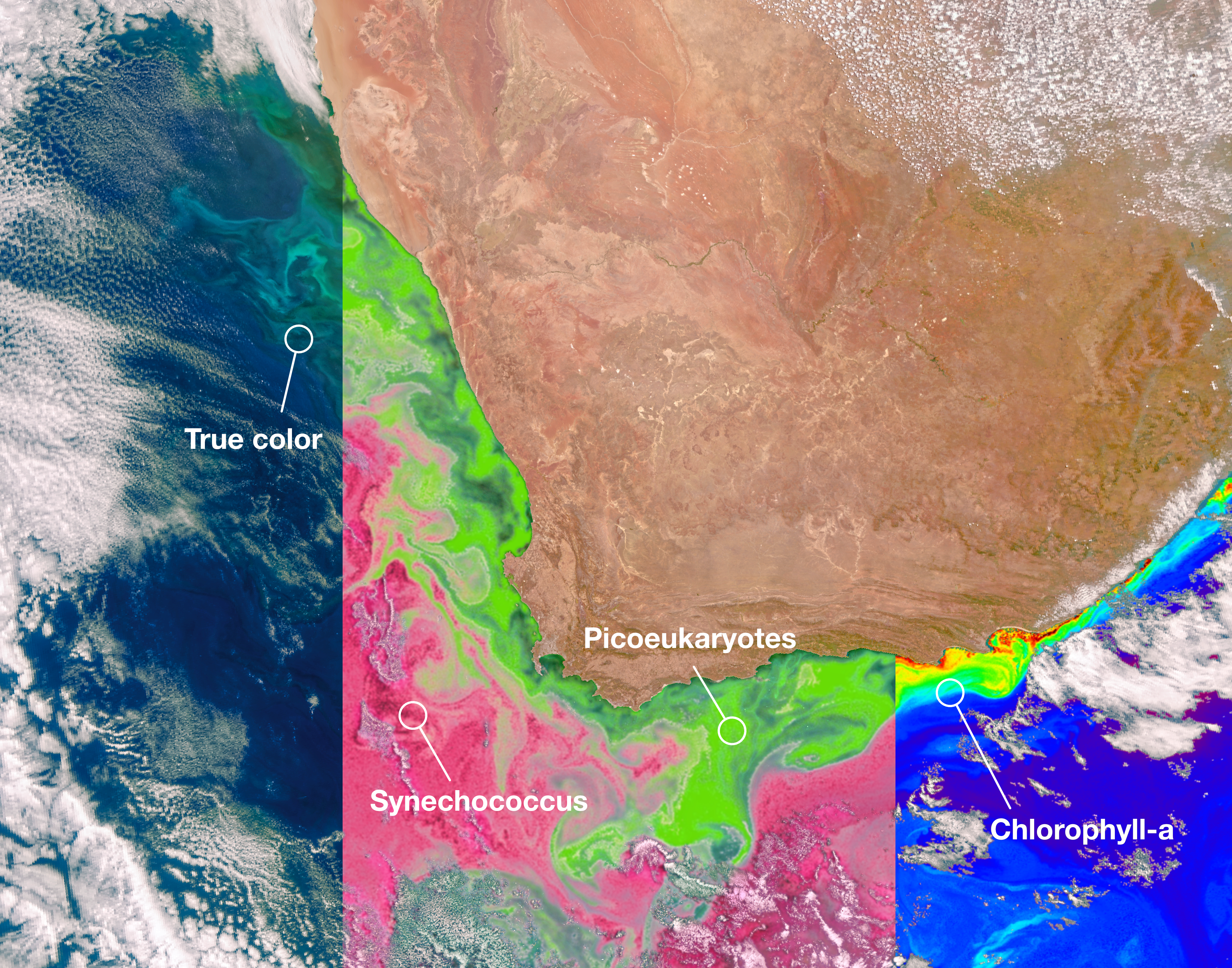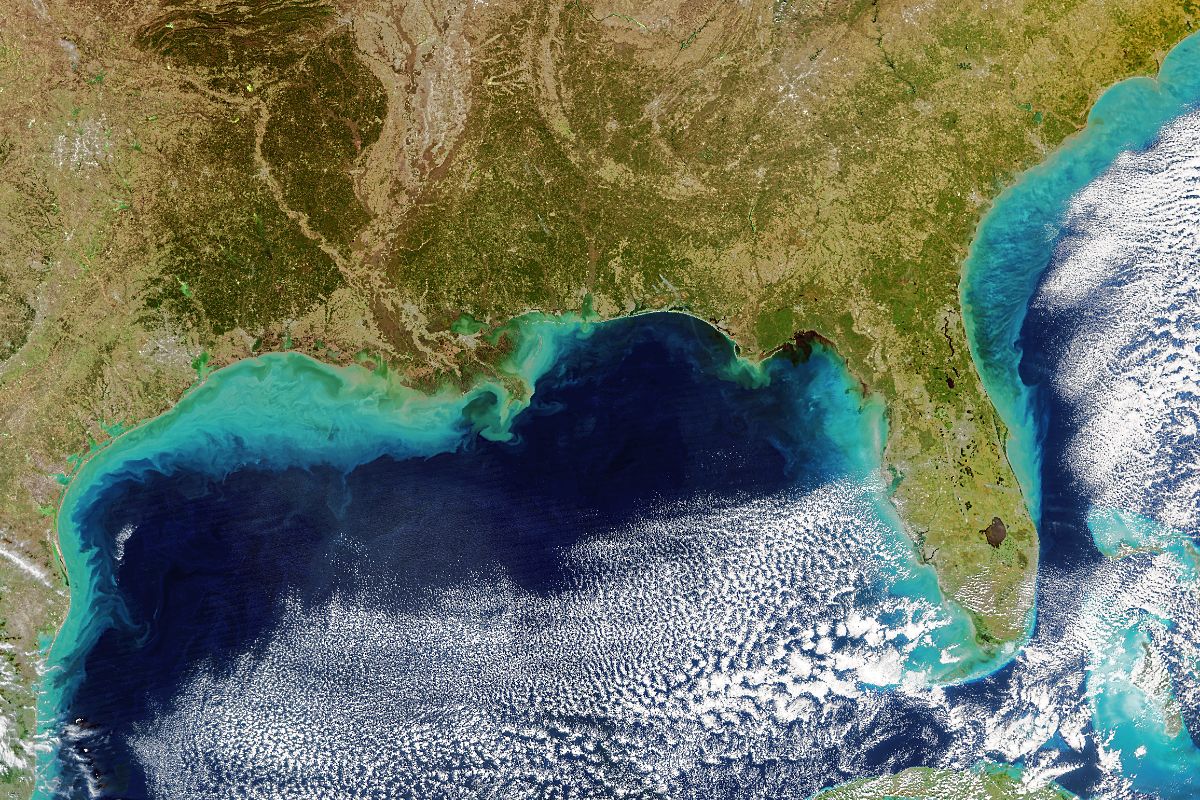4 min read
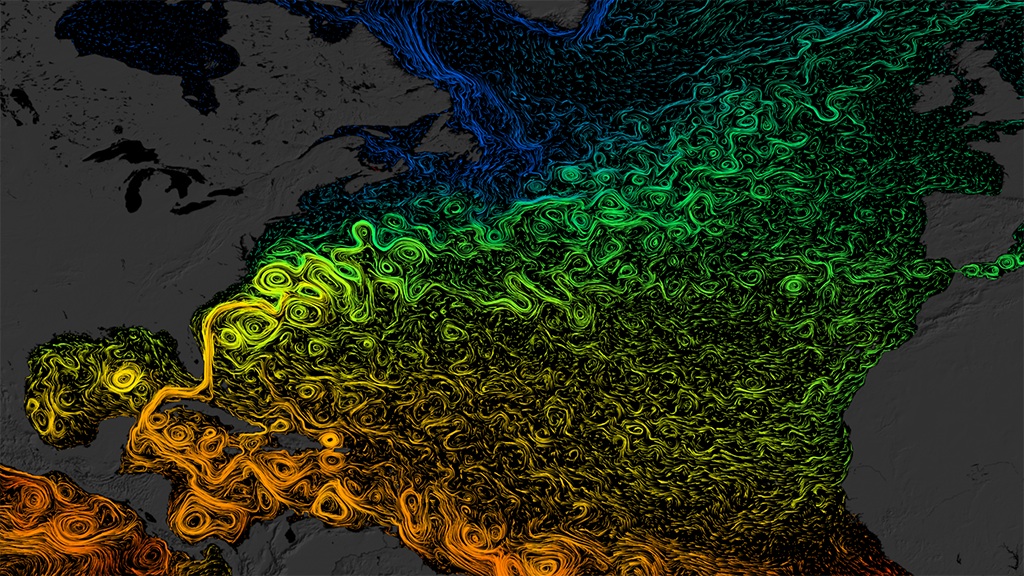
As the ocean warms and land ice melts, ocean circulation — the movement of heat around the planet by currents — could be impacted. Research with NASA satellites and other data is currently underway to learn more.
Dynamic and powerful, the ocean plays a vital role in Earth’s climate. It helps regulate Earth’s temperature, absorbs carbon dioxide (CO2) from the atmosphere, and fuels the water cycle. One of the most important functions of the ocean is to move heat around the planet via currents.
The Atlantic Ocean's currents play an especially important role in our global climate. The movement of water north and south throughout the Atlantic might be weakening due to climate change, which could become a problem. To help understand why, let’s explore what drives large-scale ocean circulation.
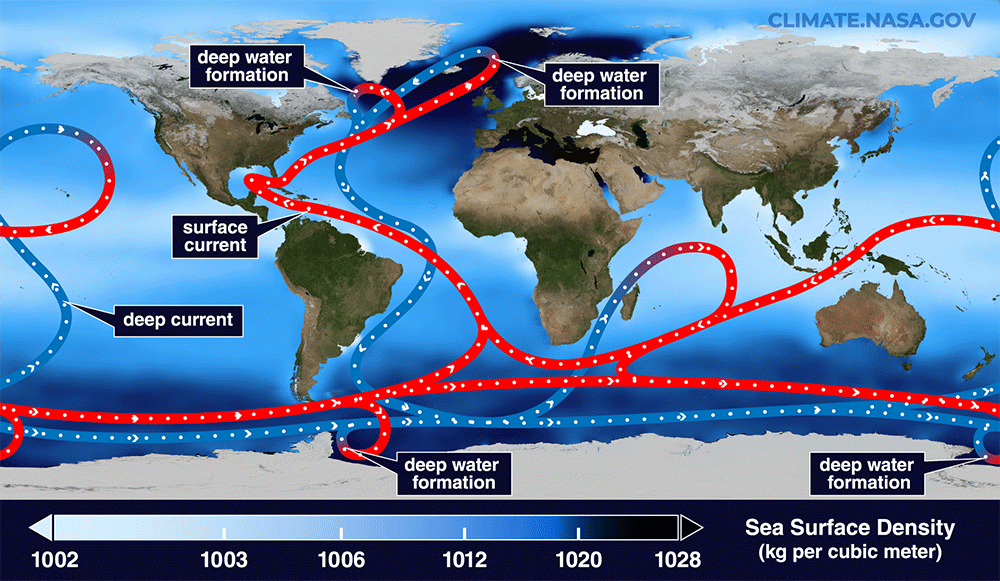
Winds and Earth’s rotation create large-scale surface currents in the ocean. Warm, fast currents along the western edges of ocean basins move heat from the equator toward the North and South Poles. One such current is the Gulf Stream, which travels along the eastern coast of North America as it carries warm waters from the tropics toward Europe. This warm water, and the heat it releases into the atmosphere, is the primary reason Europe experiences a more temperate climate than the northeastern U.S. and Canada. For example, compare the climates of New York City and Madrid, Spain, which are both about the same distance north of the equator.
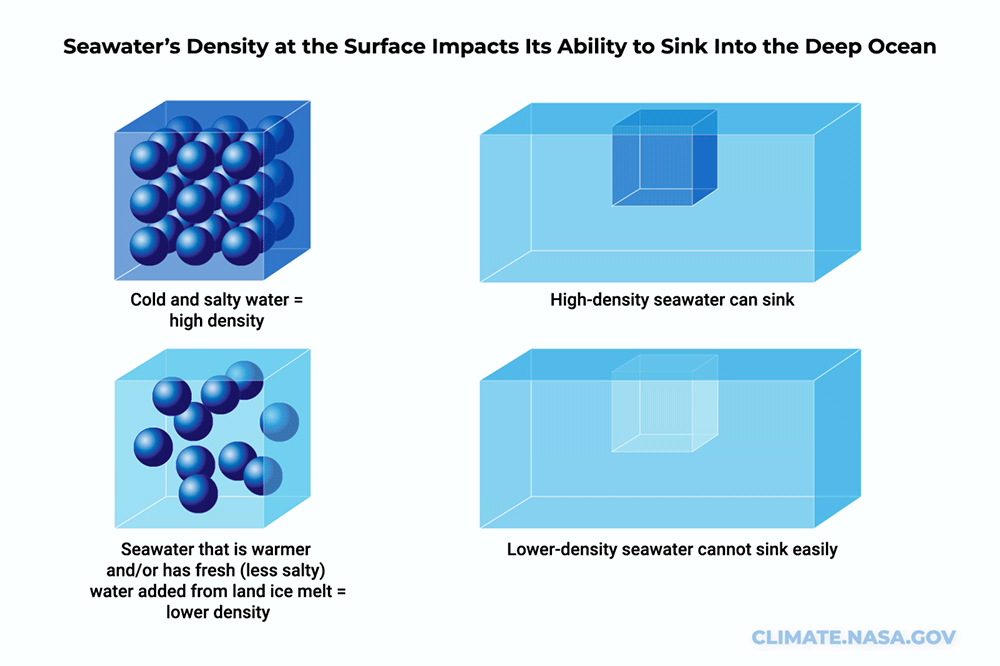
Differences in density drive slow-moving ocean currents in the deep ocean. Density is an object’s mass (how much matter it has) per unit of volume (how much space it takes up). Both temperature and saltiness (salinity) affect the density of water. Cold water is denser than warm water, and salty water is denser than fresh water. Thus, deep currents are typically made of cold and salty water that sank from the surface.
One location where surface water sinks into the deep ocean is in the North Atlantic. When water evaporates and gives up some heat to the air, the sea gets colder and a little saltier. Plus, when sea ice forms, it freezes the surface water leaving behind salt, which makes the remaining seawater saltier. Once this colder, saltier water becomes dense enough, it sinks to the deep ocean. Warmer, less dense water from the Gulf Stream rushes in to replace the water that sinks. This motion helps power a global “conveyor belt” of ocean currents – known as thermohaline circulation – that moves heat around Earth. Scientists measure the flow of Atlantic waters north and south, at the surface and in the deep, to assess the strength of this Atlantic Meridional Ocean Circulation (AMOC).
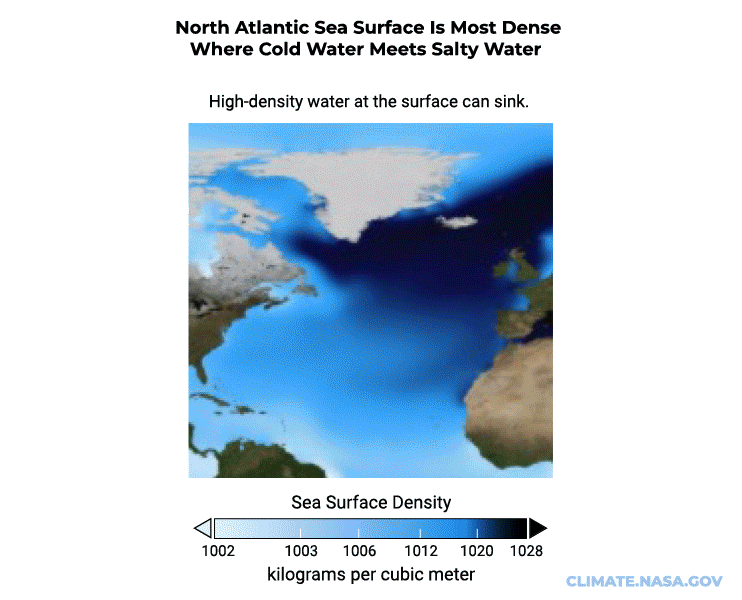
As the concentration of carbon dioxide rises in the atmosphere from human actions, global air and ocean temperatures heat up. Warmer water is less dense, and thus harder to sink. At the same time, Greenland’s ice sheet is melting due to warming air and ocean temperatures, and the melted ice is adding fresh water into the North Atlantic. This change reduces the water’s saltiness, making it less dense and harder to sink.
If enough water stops sinking, then the AMOC will weaken. Depending on how much the AMOC weakens, it can change regional weather patterns, such as rainfall, and affect where and how well crops can grow. According to the latest report from the International Panel on Climate Change (IPCC) — which includes research from hundreds of scientists — the AMOC is “very likely to weaken over the 21st century” due to climate change.
Scientists using temperature and sea level records have inferred the AMOC’s strength over the past century, and the evidence suggests that it might have already weakened. However, direct measurements over the past 30 years have not yet confirmed such a decline.
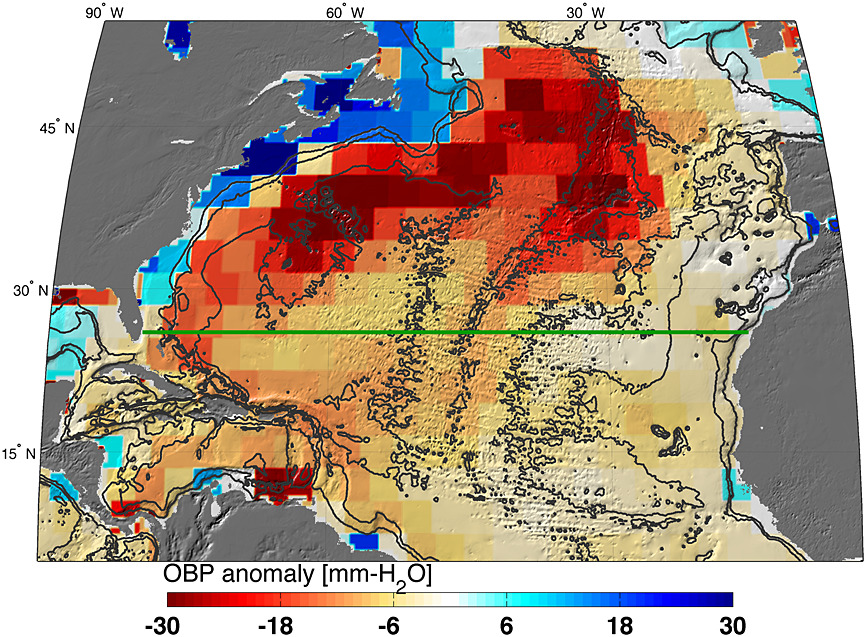
When and how much the AMOC will weaken is an area of ongoing research. Satellites such as the Gravity Recovery and Climate Experiment (GRACE), GRACE-FO, and ocean height-measuring altimeters can observe ocean features related to the AMOC — complementing measurements from ocean buoys and ships.
Current projections from the IPCC show that the AMOC is unlikely to stop, or collapse, before the year 2100. However, “if such a collapse were to occur," the IPCC says, "it would very likely cause abrupt shifts in regional weather patterns and the water cycle.” These could include “a southward shift in the tropical rain belt, weakening of the African and Asian monsoons, strengthening of Southern Hemisphere monsoons, and drying in Europe,” impacts that would greatly alter food production worldwide.
As more data are gathered and analyzed, scientists will be able to better predict current changes and impacts of those changes in the future.

